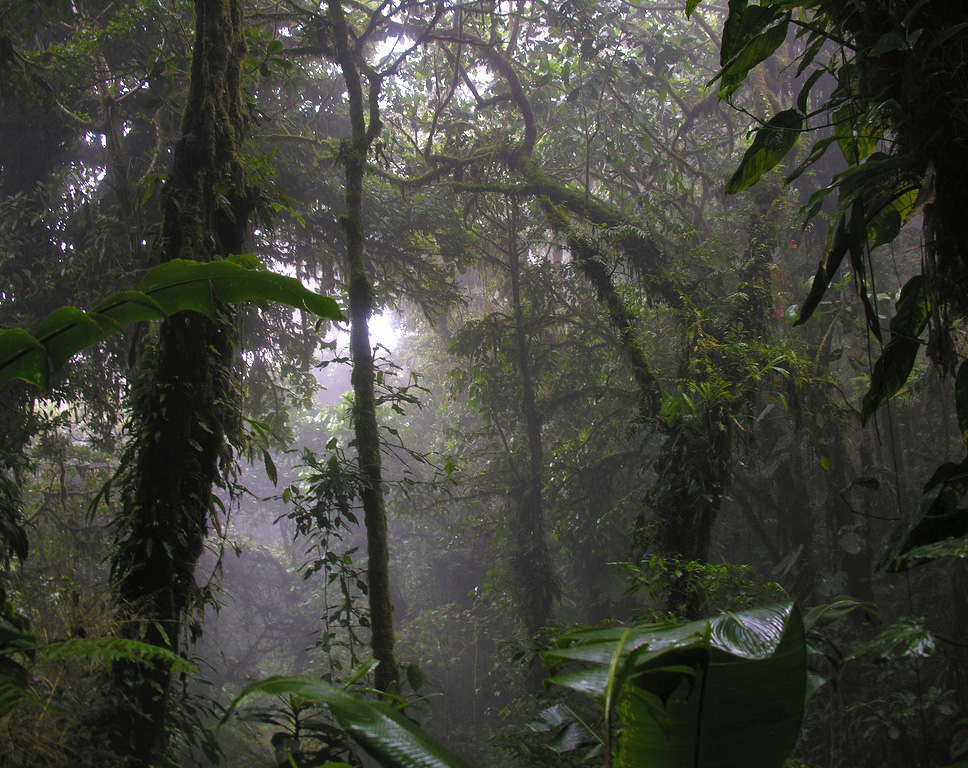This ecological classification of Latin America and the Caribbean (LAC) was developed using a standard framework of classification for terrestrial and wetland ecosystems to provide the LAC region’s component of an International Ecological Classification Standard. Its report introduces and outlines the conceptual basis of the classification and summarizes the nearly 800 ecological systems that currently are classified and described for LAC, emphasizing the natural portion of the landscape. We document applications of these ecological systems for conservation assessment, ecological inventory, mapping, and land management.
While scientists have made considerable progress classifying fine-grained species and communities on the one hand and coarse-grained ecoregions on the other, conservation practitioners have identified a critical need for practical, mid-scale ecological units to inform conservation and resource management decisions. Our classification of ecological systems address this need with its practical, systematically defined units that provide the basis for mapping terrestrial ecosystems at multiple scales of spatial and thematic resolution. As of today, the LAC ecological systems units have been used in a number of mapping efforts at country, ecoregion and continental scales.
By providing unit concepts that describe the ecological setting of different types of vegetation communities throughout their actual occurrence, this classification serves as a mean for regional projects to overcome the limitations of ecological or vegetation classifications circumscribed to either national or sub-national territories, and allows the development of standardized, region-wide ecosystem inventory, mapping and/or monitoring projects.
Ecological system units in our classification represent recurring groups of plant communities that tend to co-occur within landscapes with similar dynamic ecological processes, substrates, and/or environmental gradients. Therefore, ecological systems tend to be better “grounded” as ecological units than most vegetation classification types and are more readily identified, mapped, and understood as practical ecological classification units.
Consistent descriptions of each of the nearly 800 types include the diagnostic biophysical factors and floristic composition that characterize each type. This factors represent:
- Vegetation structure and composition
- Phytogeographic affinity
- Bioclimate
- Physiography
- Landform
- Distinct substrates
- Elevation or key environmental gradients
- Landscape pattern
- Geographic distribution
Several ecosystems maps have been produced by NatureServe and other organizations’ scientists and planners applying this classification.
Descriptions of the LAC ecological systems classification units are available for querying and reporting in a database for public access: Ecosystem Thematic Network
